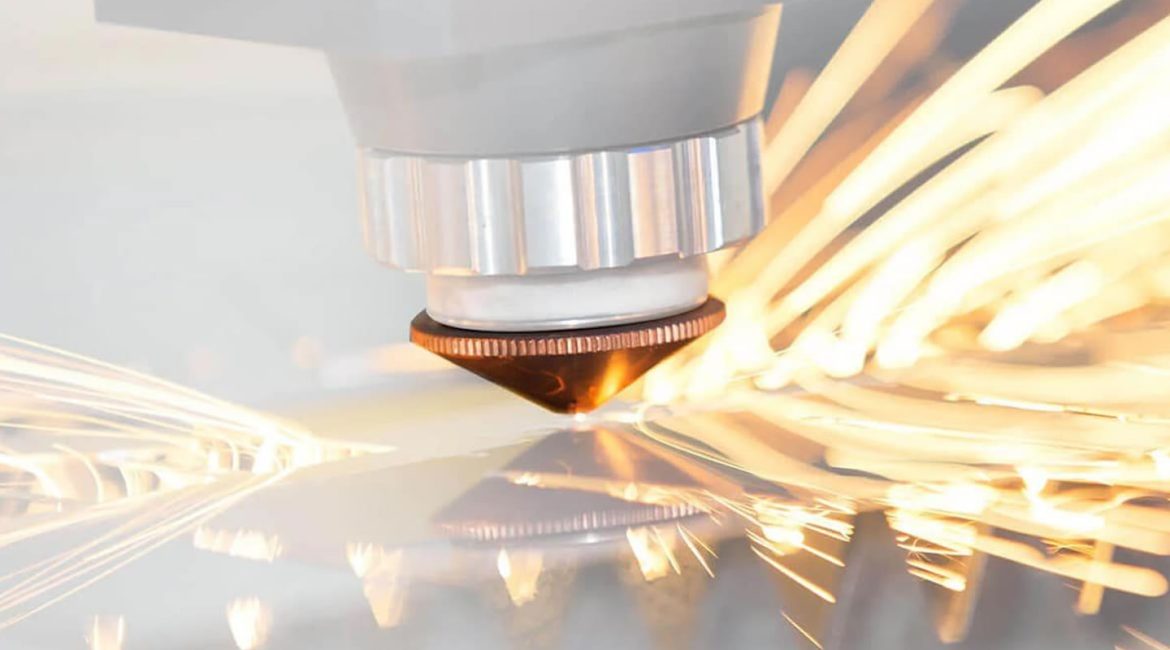In the world of laser welding, the laser nozzle (also known as a gas shielding nozzle) plays two crucial roles: first, protecting the welding area from contamination, and second, safeguarding the expensive optical lens. Choosing the right laser nozzle is like selecting the perfect guide for a scalpel, leading to a smoother and higher-quality welding process.
First, let’s talk about the role of shielding gas in welding quality. Laser welding typically requires inert gases such as argon, helium, or nitrogen to protect the molten pool. When a high-energy laser beam heats the material to form a molten pool, the surrounding air can quickly infiltrate, leading to metal oxidation and the formation of pores or inclusions, which seriously affect the strength and appearance of the weld. Therefore, the laser nozzle’s function is to evenly and steadily inject shielding gas around the molten pool, effectively isolating it from the air. Consequently, the inner diameter size and injection angle of the laser nozzle are critical. Generally speaking, laser nozzles with larger inner diameters offer a wider protection range, suitable for large-area or irregularly shaped welds. On the other hand, laser nozzles with smaller inner diameters have a faster gas flow rate, providing more focused protection, which is ideal for precision welding.
Secondly, another important task of the laser nozzle is to protect the focusing lens. During welding, the metal vaporized by the laser forms spatter and fumes. If these contaminants adhere to the focusing lens inside the laser head, they will absorb laser energy, causing the lens to overheat or even crack. This can result in very expensive damage. A well-designed laser nozzle can utilize the shielding gas flow to create a “gas curtain,” blocking spatter from reaching the lens. Consequently, the length of the laser nozzle and its distance from the workpiece must be precisely adjusted to ensure protection without interfering with the operation due to being too close to the workpiece.
When choosing the material for the laser nozzle, copper alloys with good electrical conductivity and heat resistance are generally preferred because they can better absorb the heat and spatter generated during welding, thereby extending their service life.
Finally, in actual operation, the choice of laser nozzle is not a “one-size-fits-all” situation. It needs to be customized based on the welding material, welding thickness, welding speed, and the type of shielding gas being used. For example, when performing deep penetration welding, a longer laser nozzle may be needed to protect the deeper molten pool. On the other hand, when performing heat conduction welding, a gentler gas flow may be required. The best practice is to follow the equipment manufacturer’s recommendations and adjust the laser nozzle model and gas flow rate based on actual welding test results until you achieve the best weld quality and the least spatter.
In conclusion, the laser welding machine’s nozzle may be small, but it is a vital component that affects both welding quality and equipment safety. Correctly selecting and adjusting the laser nozzle is a key step in ensuring efficient and high-quality laser welding.

